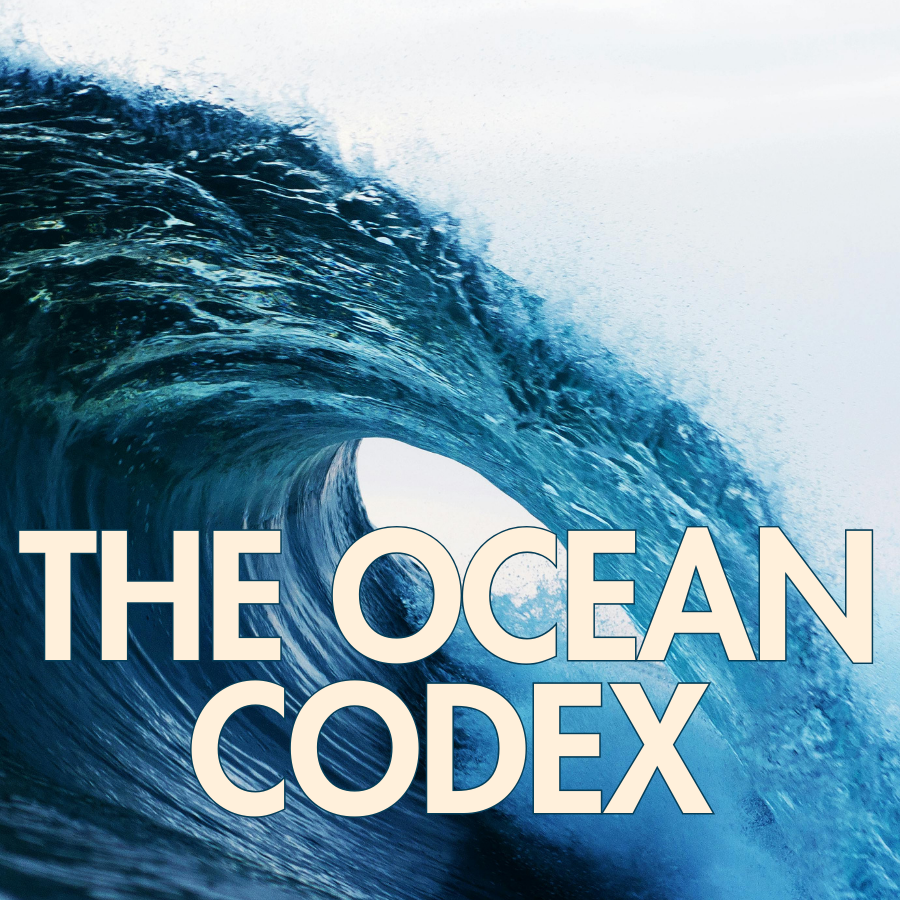After more than two decades of negotiations, the WTO Agreement on Fisheries Subsidies has finally entered into force on September 15, 2025— a historic breakthrough for ocean sustainability and global trade. This agreement is the first-ever WTO treaty with a core environmental objective, aiming to stop harmful government subsidies that have long driven illegal fishing, overfishing, and damage to marine ecosystems. For those of us passionate about fisheries and trade law, it is inspiring to see this powerful international platform being used to push for the sustainable future our oceans urgently need.
Why This Agreement Matters for Fisheries and Coastal Communities
The agreement directly targets subsidies to vessels and operators engaged in illegal, unreported, and unregulated (IUU) fishing (Article 3), subsidies that support the exploitation of overfished stocks without recovery plans (Article 4), and subsidies enabling fishing on the High Seas (Article 5). Estimates suggest such harmful subsidies total over $22 billion annually. By combatting these, the agreement sets the stage for healthier fish stocks, fairer competition, and stronger livelihoods for millions dependent on fisheries worldwide, especially in coastal communities.
The Start of a Crucial Four-Year Negotiation Period
While this agreement marks a significant step, it is only the beginning. The agreement’s entry into force triggers a four-year “sunset clause” period (Article 12) during which WTO members must negotiate additional rules, particularly on subsidies that increase fishing capacity, e.g. investments in vessel construction and modernisation, that continue to drive overfishing. Successfully concluding this next phase will be vital to closing gaps and realising the full environmental potential of the deal. Not only that, the Agreement clearly states that “if comprehensive disciplines are not adopted within four years of the entry into force of this Agreement, […] unless otherwise decided […], this Agreement shall [be] terminated.
Navigating Unique Challenges of Enforcement
It is important to acknowledge a distinctive challenge: the WTO dispute settlement system was originally designed to address trade disputes involving direct market harm. Fisheries subsidies, by contrast, have broad environmental impacts that are collective and long-term in nature. This creates complexity in enforcing the agreement since proving causality between the subsidy and a direct trade injury, is often difficult. Despite these hurdles, the WTO framework does provide tools and mechanisms that members can adapt, and if combined with political will, this may hold violators accountable and promote compliance.
Looking Forward: Opportunity and Responsibility for Fisheries
The Agreement on Fisheries Subsidies lays a robust foundation for global cooperation that balances trade and environmental goals. It brings hope for rebuilding marine ecosystems and securing sustainable fisheries, but success depends on sustained engagement from governments, civil society, and fisheries professionals alike. This is a moment to embrace hope while continuing to push for implementation and further negotiations that prioritise ocean health and equitable resource management.
For those interested in a deeper discussion on this milestone, the challenges ahead, and what it means for the fisheries sector, I invite you to listen to the Natural Justice Podcast episode with Daniel Skerritt, where we discussed fisheries subsidies and the potential impact of this Agreement in more detail.


Leave a Reply